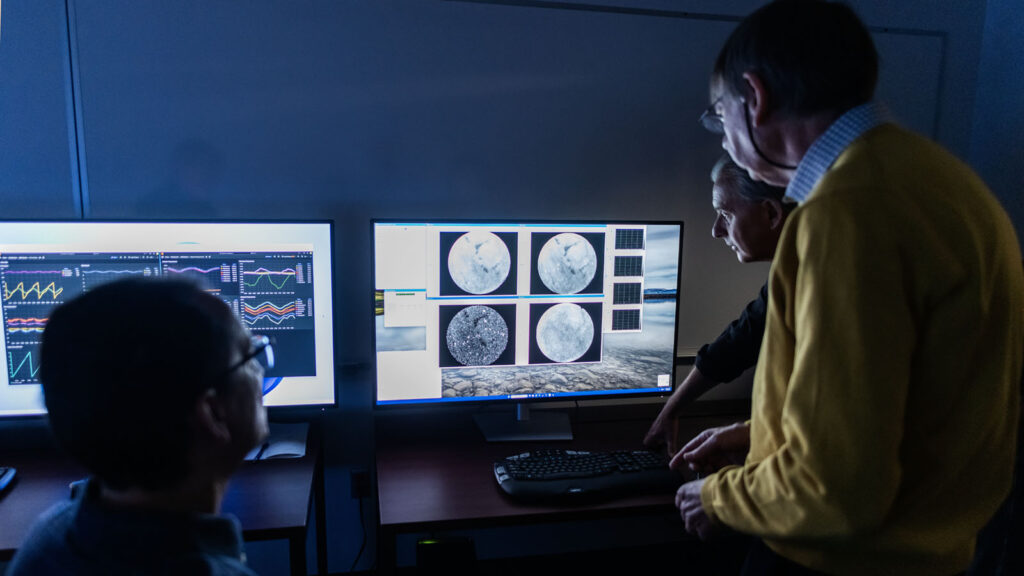NASA’s Atmospheric Waves Experiment (AWE) has recently captured initial images of the mesosphere from its perch on the International Space Station. AWE was installed on the Space Station on Nov. 18, and initial commands were sent to the instrument on Nov. 20. The first images recently captured, or “first light” images, represent a milestone that confirms the instrument is functioning as designed and the mission is operating as expected.

AWE is providing global-scale observations of atmospheric gravity waves (AGWs) at the mesopause region, 54 miles (87 kilometers) above Earth. Once researchers are able to analyze AWE’s observations, they will be able to study how AGWs form by weather events on Earth and are transported through Earth’s atmosphere. This will also help us understand AGWs broader role in the upper atmosphere known as the ionosphere-thermosphere-mesosphere and their effects on space weather.
AWE is led by Ludger Scherliess at Utah State University in Logan, and it is managed by the Explorers Program Office at NASA’s Goddard Space Flight Center in Greenbelt, Maryland. Utah State University’s Space Dynamics Laboratory built the AWE instrument and provides the mission operations center.
